Do gamer boycotts accomplish anything?
They say the squeakiest wheel gets the grease…
In September 2009 two Left 4 Dead fans, under the pseudonyms of Walking Target and Agent of Chaos, were taken on a guided tour of Valve’s HQ and treated to an exclusive sneak peek of Left 4 Dead 2, by Valve's Gabe Newell. The pair had been invited to the studio as special guests after they boycotted L4D’s sequel over concerns that promised DLC for the game would be dropped.
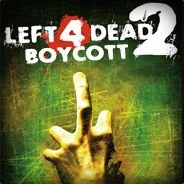
Above: The banner of the public boycott
“It changed my mind about the slapdash method we had thought was used to put the sequel together,” confesses Walking Target. “What we were really interested in was the support the original L4D would continue to receive. With another DLC now confirmed, I feel Valve is living up to what they had told us.” The fact a publisher of Valve’s weight should pay attention to an online boycott shows how much power protests can have. By refusing to sell Modern Warfare 2 on its Impulse service, Stardock sent a strong message to Activision for packaging the game with Valve's Steam client.
“This was something we could not accept,” says Stardock boss Brad Wardell. “It is akin to being forced to install a web toolbar in order to use something completely unrelated.” Although publishers may take notice when the masses get hissy, the effectiveness of online boycotts is questionable. After all, the L4D2 protest didn't affect its release in any way, and although other online retailers, like Direct2Drive and GamersGate, refused to stock Modern Warfare 2 it still became one of the biggest selling titles of all time.
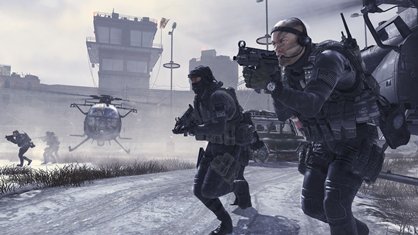
Above: Modern Warfare 2 pissed off people for a slew of reasons
Ineffective boycotts have been around for years, only traditionally they were led by church groups or politicians. In 1976 an arcade game called Death Race caused mass furor, even though it looks like a bunch of albino ants playing hopscotch. Since then videogames have been boycotted by everyone from sex workers (the killing of prostitutes in Grand Theft Auto) to Native Americans (over stereotypes in Gun).
Recently it’s been gamers who are more likely to launch boycotts. Most of the time, their organisers' motivations are weak: Square Enix didn’t blink because fans were angry that Final Fantasy XIII was released on consoles and the PC. Likewise Diablo III devs at Blizzard haven’t lost sleep because some think it isn't dark enough. And boycotts over charges for DLC – as was the case for Assassin’s Creed II – are futile. After all if you don’t want DLC, you don’t have to buy it.
Sign up to the GamesRadar+ Newsletter
Weekly digests, tales from the communities you love, and more
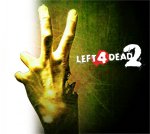
Nevertheless, last year’s L4D boycott, which rallied over 28,000 supporters, suggests carefully coordinated campaigns can be heard. “It wasn’t a protest against L4D2: it was a protest about the lack of support for the original L4D,” says Walking Target. “Valve has a track record of supporting their games and standing by their community. I thought Valve might listen to their fans as they had done in the past. I figured we might get a few thousand, but that was surpassed within a week. We were talking with Valve very early on, probably when we hit the 5,000 to 8,000 member mark.”
But can gamers change the ways of publishers? The Call of Duty fan community was fuming when Infinity Ward announced its abandonment of dedicated servers in Modern Warfare 2. It was as insulting as calling your granny a slut, they reckoned. Over 85,000 signed a petition, but the developers didn’t dismantle IWNet or add dedicated server support to the PC game. Then, a few months later, most of the leading protestors could be found on Infinity Ward’s own matchmaking service, playing the game.
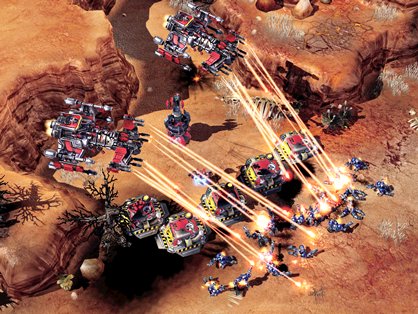
Above: No more LAN parties for StarCraft
Some protestors attempt a polite route. Christian Sorensen amassed 246,350 followers for his campaign to get LAN support into Blizzard’s StarCraft II titled, “Please include LAN functionality in your future classic.”
“We know this helped our petition,” says Sorensen. “Keeping a sober tone is always the way forward. There’s no reason to start a flame war with big companies who most likely won’t listen to you anyway. So, we’d give this a try, and we know it worked.”
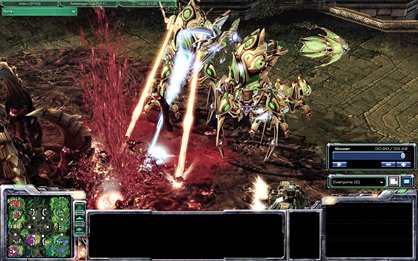
Sorensen says he talked to Blizzard about the issue, but it doesn’t seem to have done much good. Chris Sigaty, StarCraft II's lead designer, recently announced that LAN will definitely not be included. Instead, fans will get their online kicks from Battle.net.


